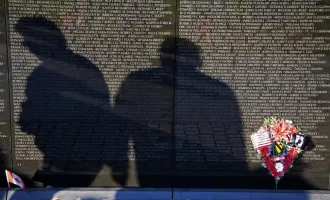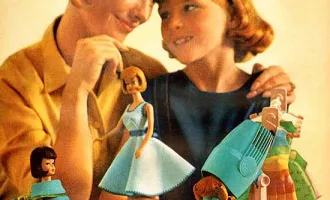
Photo by Tim Doerfler on Unsplash
Elderly Suicide: The Forgotten Crisis
Elderly people kill themselves too. You wouldn’t think so if you did a quick search for the word “elderly” in any 2019 suicide prevention legislature, as references to this population are hard to find. Approximately 47,000 suicide related deaths happen in the United States annually; of these, about 8,000, or 17%, are from those aged 65 and older.
Suicide among older adults is rising, yet prevention policies, largely target younger age groups. In healthcare we’re devastated and trained to prevent the loss of a young life, yet we accept, and are uneducated in ways to intervene for the older adult.
While doing a rotation at an elderly community center, I met a 73-year-old patient who, when asked how her day was going, responded with — “I jumped in front of a car recently.”
Though I was there to strictly conduct blood pressure checks, I quickly put down my tangled instruments and dove into psych mode, asking suicide questions I learned a few days before. She tearfully spoke of her husband’s recent passing and how that impacted her in more ways than she ever imagined; with his passing, she had also lost her health insurance.
She was battling multiple chronic illnesses, while being unable to get her prescriptions refilled, causing another added layer of stress at a sensitive time. She spoke of a moment last week during her usual walk where her desire to live had vanished. As she walked, she looked over, saw the car coming, and had her solution.
Though she was no longer actively suicidal, her story is all too familiar in this community. Multiple illnesses, loss of social connections, and barriers to health care services are some of the reasons why the elderly have higher suicide rates.
Despite being early in my career as a psychiatric provider, I did my best to create a safe environment while reassuring her we were there to help. The harsh reality set in during clinical meetings that afternoon, where I was publicly scolded for offering “empty promises.” I was told that since the facility didn’t have the systems in place to handle these situations, it was not appropriate to assess her suicide risk. I was shocked, angered, and deeply morally opposed to this being the prescribed treatment.
Following up on my report to the director of the facility, I found out there had been no referrals made, no follow ups scheduled, no extra TLC— nothing. From then on, all I could think about was how she was doing; had she stopped coming to the center? For all I knew, she might have ended things already. Providers of patients who have committed suicide report feelings of failure, reduced self-esteem, altered colleague relationships, isolation, and becoming less confident in their skills.
These experiences have led to providers seeking their own mental health care, being more likely to prescribe hospitalization in future encounters, and developing hesitations toward checking someone’s suicide risk.
Systemic barriers reduce access to mental health care for the elderly, leading them to get psychiatric care in a primary care setting. The data shows that, Medicare patients are charged 50%, copay for mental health services compared to 20% for any physical health services.
Even if they manage to get care, studies have found that 77% of elderly people who had seen their primary care provider committed suicide within one month of that meeting.
Primary care providers simply lack the specialized training needed to manage elderly mental health care or perform detailed checks for suicide. As mental health professionals, we are taught that suicide can be prevented if you pay attention to the signs. Unfortunately, the elderly are less likely to show typical suicidal symptoms, but rather demonstrate subtle cues until completing their intentions.
A lack of detection for signs of depression in the elderly make suicidal intentions difficult to detect. In my experience, however, the signs couldn’t have been clearer. This patient courageously reached out by telling someone she barely knew, in a very public setting, her deepest, darkest intentions. Despite this leap of faith, she wasn’t met with support; she was met with a faulty system that didn’t know how to reach back.
Continuing to isolate this population from potentially lifesaving preventative policies is a public health crisis which needs and deserves to be addressed.
Reduction of elderly suicide is dependent on the effectiveness of policy measures, structural community systems, more comprehensive health care training and improved access to mental health services.
Elderly who appear with suicidal intentions should be met with empathy and solutions. What does it say about our society if we don’t even have it on our radar to support some of our most vulnerable? Should we inevitably join those forgotten by the system or should we change the system so none of us are forgotten?



